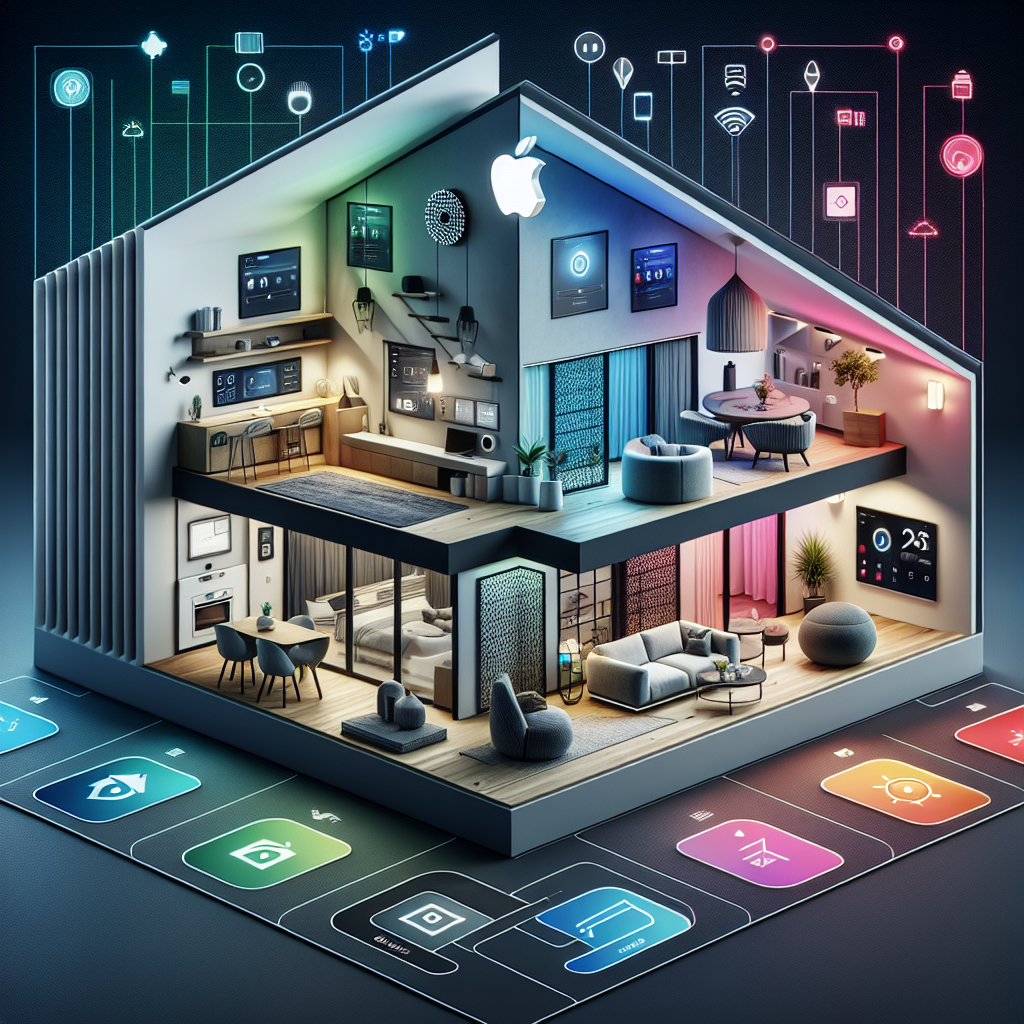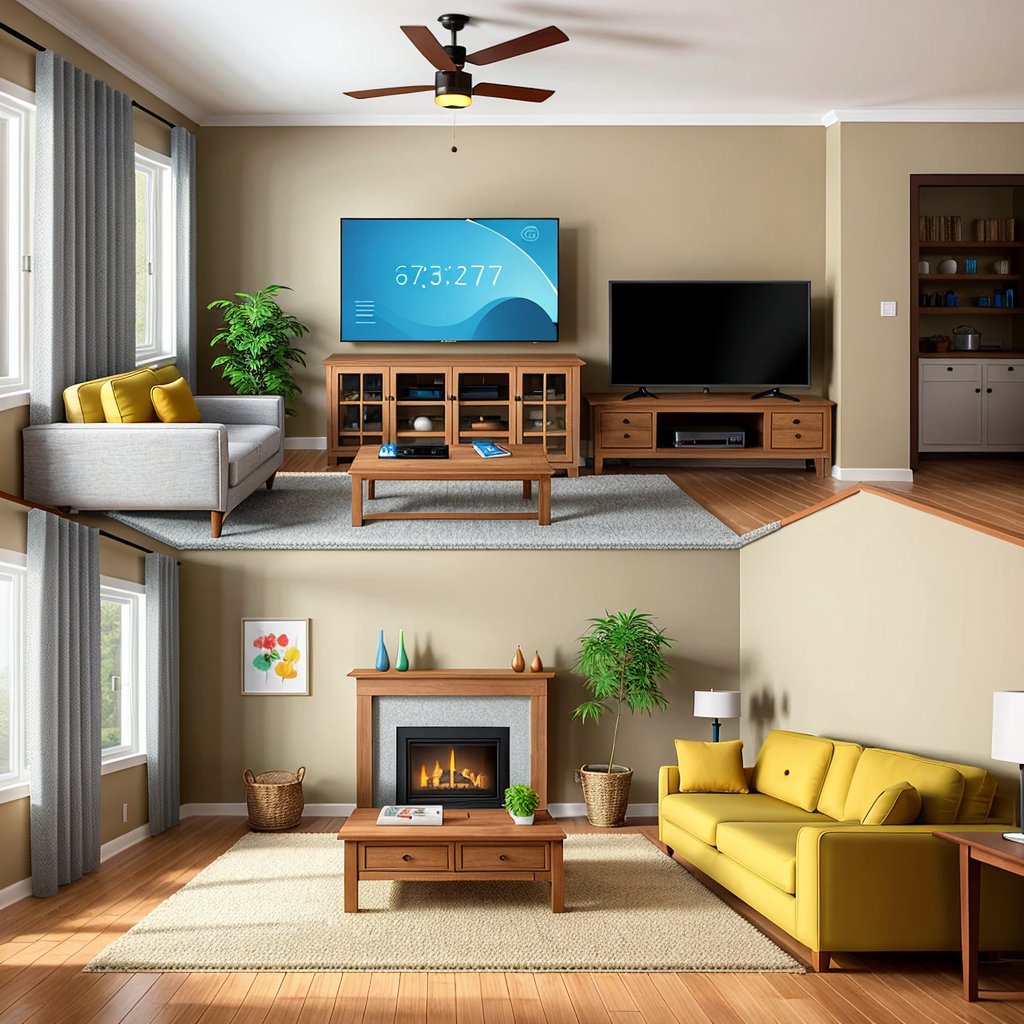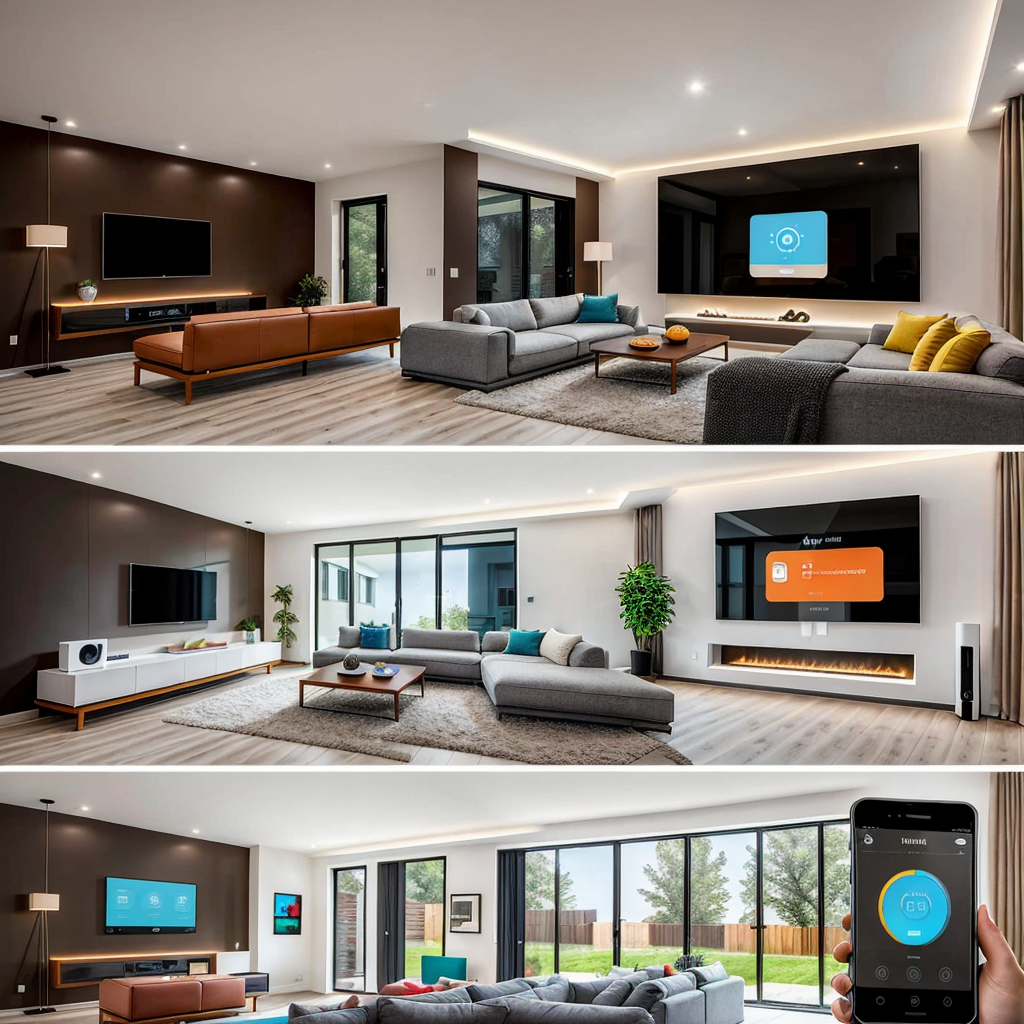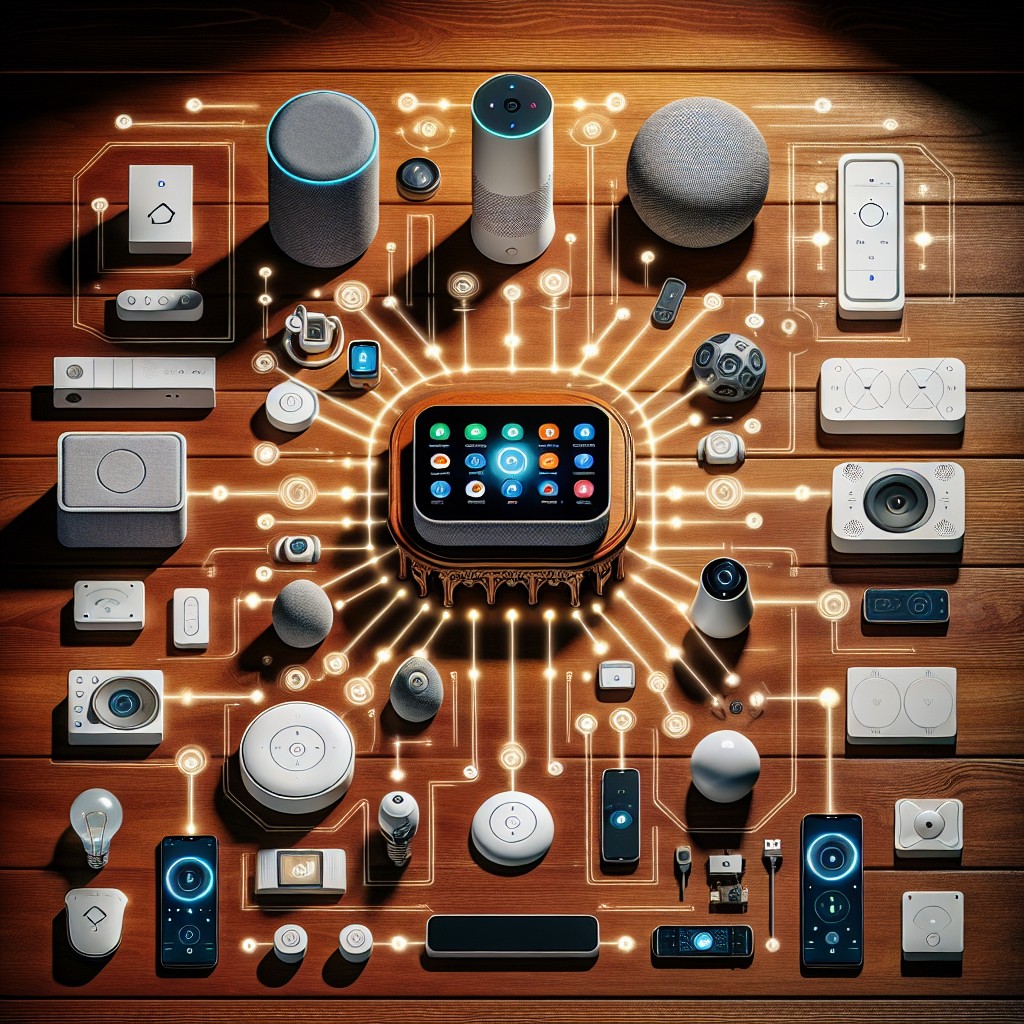Table of Content
- Mastering Integration: Apple Home and Google Home in Your Smart Home
- Selecting Compatible Devices for Apple Home and Google Home Integration
- Benefits of Combining Apple Home and Google Home Assistant Ecosystems
- Using Third-Party Bridges and Software for Seamless Smart Home Integration
- Creating Cross-Platform Automation Routines for Apple Home and Google Home
- Security Best Practices for Custom Apple and Google Smart Home Integrations
- Mastering Integration: Apple Home and Google Home in Your Smart Home
Connect with us
Mastering Integration: Apple Home and Google Home in Your Smart Home
Selecting Compatible Devices for Apple Home and Google Home Integration
Combining Apple HomeKit and Google Home Assistant in your smart home begins with selecting the right devices. Key to a seamless operation is ensuring device compatibility across both platforms. Opt for smart devices that support both Apple and Google ecosystems natively, like Philips Hue for lighting or Ecobee for temperature control. Additionally, investing in devices that support the Matter protocol, such as the Eve Energy smart plug or Nanoleaf Essentials bulbs, promises enhanced cross-platform functionality and future-proofs your setup. For an exhaustive list of compatible devices and further integration tips, check our comprehensive guide on Smart Device Automation.
Benefits of Combining Apple Home and Google Home Assistant Ecosystems
Integrating both Apple HomeKit and Google Home enriches your smart home with flexibility and greater control. This setup not only expands your voice control options with Siri and Google Assistant but also allows for the utilization of unique automation features specific to each platform. This approach not only broadens the array of devices you can use but also ensures operational resilience, keeping your home running smoothly even if one platform goes down. Discover deeper insights on how such integrations enhance your smart home in our Automated Home Control Systems article.
Using Third-Party Bridges and Software for Seamless Smart Home Integration
When native compatibility falls short, third-party solutions like Homebridge and IFTTT are invaluable. Homebridge emulates HomeKit support for non-compatible devices, facilitating broader control within the Apple ecosystem, while IFTTT creates a bridge for device interaction between Apple and Google platforms. Explore detailed setup and security tips in our DIY Guides and Tutorials section to ensure a secure and efficient configuration.
Creating Cross-Platform Automation Routines for Apple Home and Google Home
To fully capitalize on a hybrid Apple-Google smart home, synchronization of automation routines is crucial. Start by establishing common triggers such as motion detection or time-based events that both platforms recognize. Employ Apple’s Home app combined with Google Home routines to orchestrate actions like lighting adjustments and temperature settings harmoniously. For complex, multi-device workflows, consider advanced platforms like Home Assistant to refine and test your automated sequences. Dive into sophisticated automation tactics within our Custom Solutions & Use Cases category.
Security Best Practices for Custom Apple and Google Smart Home Integrations
Security is paramount in any smart home setup. Ensure all devices are up-to-date with the latest firmware to fend off vulnerabilities. Implement robust passwords and two-factor authentication across your Apple and Google accounts to safeguard your setup. Consider network segmentation via VLANs or guest Wi-Fi and maintain vigilance with regular audits of your system’s integrity. Secure and reliable custom integrations are further discussed in our Home Security & Privacy series.





